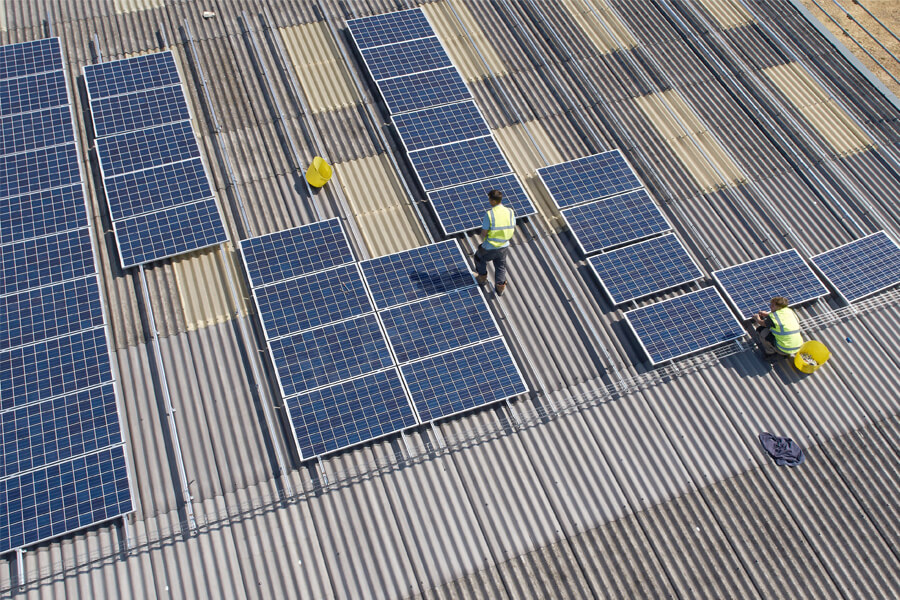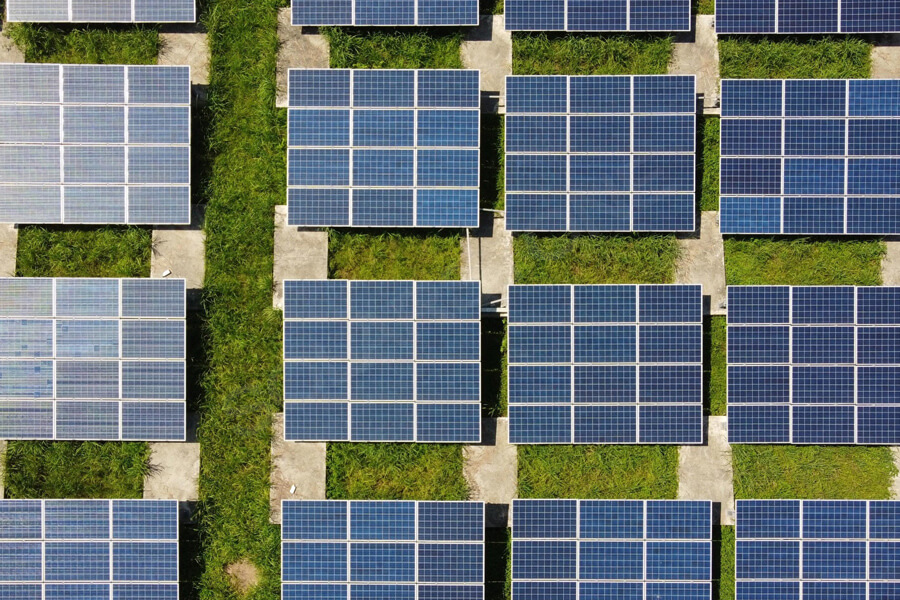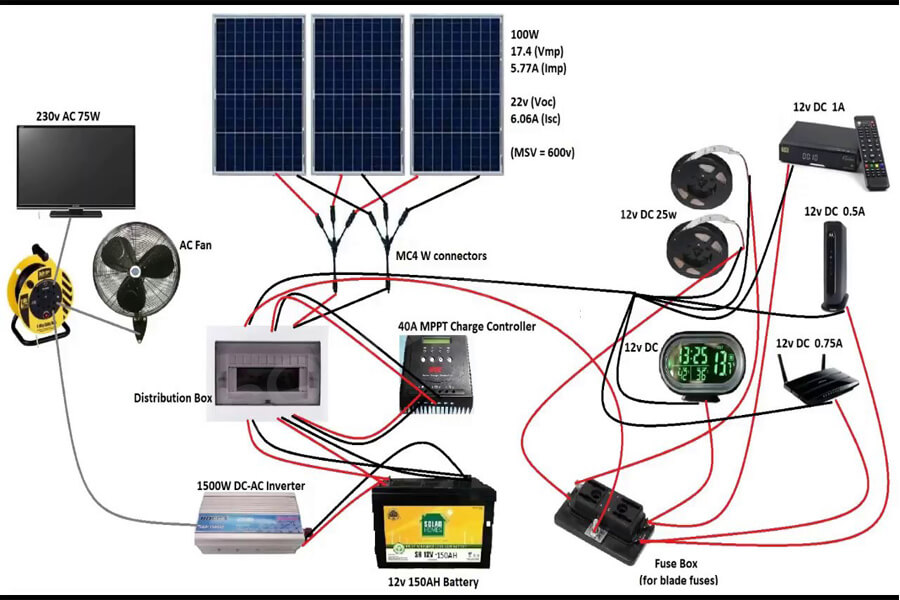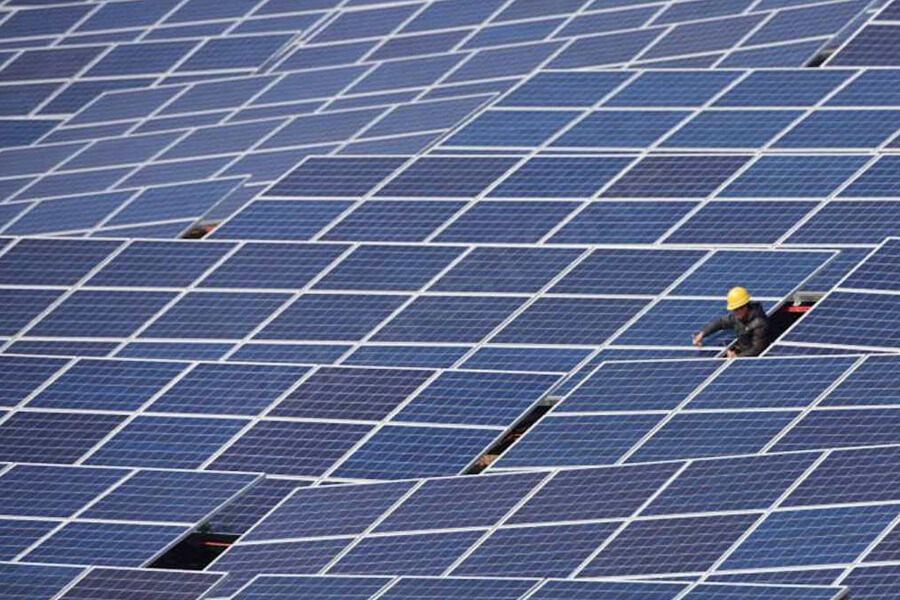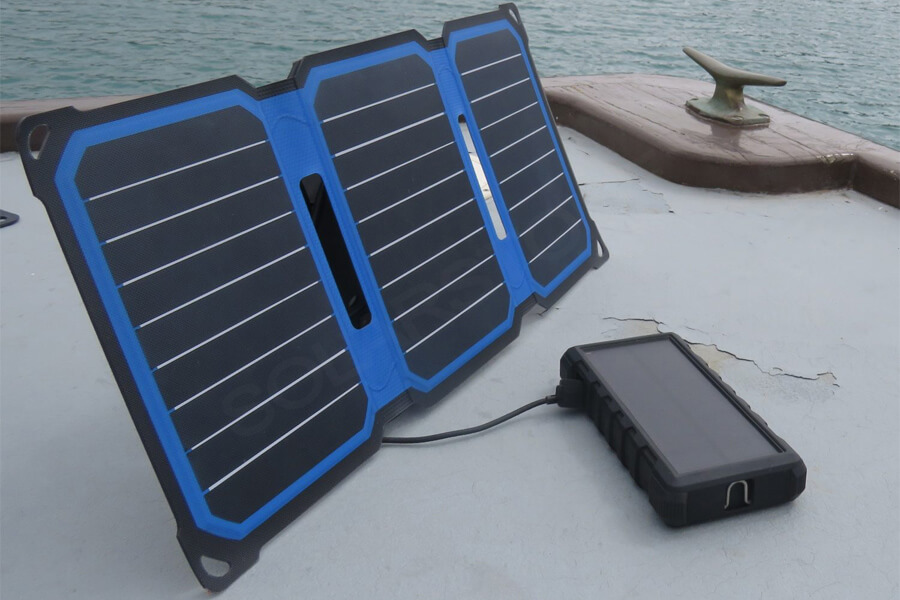In outdoor strong and weak current projects, there are usually difficulties in power acquisition or high construction costs. Solar power supply is a common solution, widely used in outdoor wireless network coverage, outdoor wireless monitoring and other projects. This article will introduce the basic knowledge and implementation precautions related to solar power supply.
1. Structure of solar power supply system
▶ Solar panels: convert light energy into electricity.
▶ Battery: store electric energy and discharge it when necessary.
▶ Controller: used to control the charging and discharging of photovoltaic panels and batteries, is the core control part of the entire photovoltaic power supply system.
▶ Inverter: can convert DC power (battery, battery) into 220V AC power.
2. Select appropriate power supply equipment
Solar power supply, we usually care about the following questions: I want to ensure that the power can be supplied for 2 days without sunshine. What specification of battery should I choose? My battery specification is 100AH, for example. How long can I run when I power a camera? The following describes the specifications of solar powered batteries and the selection of solar panels.
The three most important specifications related to the time of solar power supply system are:
Solar panel power: that is, the ability to generate electricity. The greater the power of the solar panel, the more solar energy, the stronger the power generation ability, and the battery can be filled in a shorter time.
Battery capacity: that is, the capacity to store discharge energy and how much power is stored.
Device power consumption: the sum of the power of the load. The larger the load, the greater the power consumption per unit time.
The capacity of the battery determines the maximum power supply time of the load, but whether the battery can exert the maximum power depends on the power generation capacity of the solar panel. The power of the solar panel needs to be calculated according to the battery capacity, load power, local average annual sunshine time, etc.
Power supply time=battery capacity * voltage * discharge coefficient * conversion efficiency/(load power)
For example:
The battery capacity is 100AH, and the total power of outdoor wireless bridge and camera is about 20W, so the maximum power supply time is about 100AH * 12V * 0.8 (discharge coefficient) * 0.9 (conversion efficiency)/20W=43 hours.
The total power of the outdoor wireless bridge and camera is about 20W. If the power supply needs to be guaranteed for 48 hours, the battery capacity is 48H * 20W/(12V * 0.8 * 0.9)=111AH, and two sets of 12V 60AH batteries can be used.
3. Precautions for implementation of solar power supply system
The effect of solar power supply is closely related to the project construction. The following two points need special attention:
(1) The placement angle of the solar panel: it is recommended to have a horizontal inclination of 40~45 ° to the south and avoid possible obstacles or obstructions.
(2) The storage battery well or the storage battery shall be buried in a proper location to avoid low-lying locations, and waterproof, drainage, exhaust, etc. shall be done.
4. FAQs
(1) The power input of the powered equipment has different requirements, such as 12V DC, 220V AC, etc. How to supply power through the battery?
Answer: The inverter can convert DC 12V/24V to AC 220V.
(2) The region often has seasonal continuous rainy weather for a long time. How can we better solve the problem of outdoor power supply?
Answer: In addition to solar power supply, wind power generation is also a common solution in outdoor projects. In addition, it can also be solved by complementing the wind with the wind, that is, using solar power generation and wind power generation devices at the same time to achieve stable outdoor power supply for a longer time.
(3) Why do 12V batteries need 18V solar panels?
Answer: The voltage of the solar panel changes with the change of lighting conditions, not a stable voltage. It is recommended that the voltage of the solar panel be 1.5 times greater than the battery to ensure the power supply effect.


